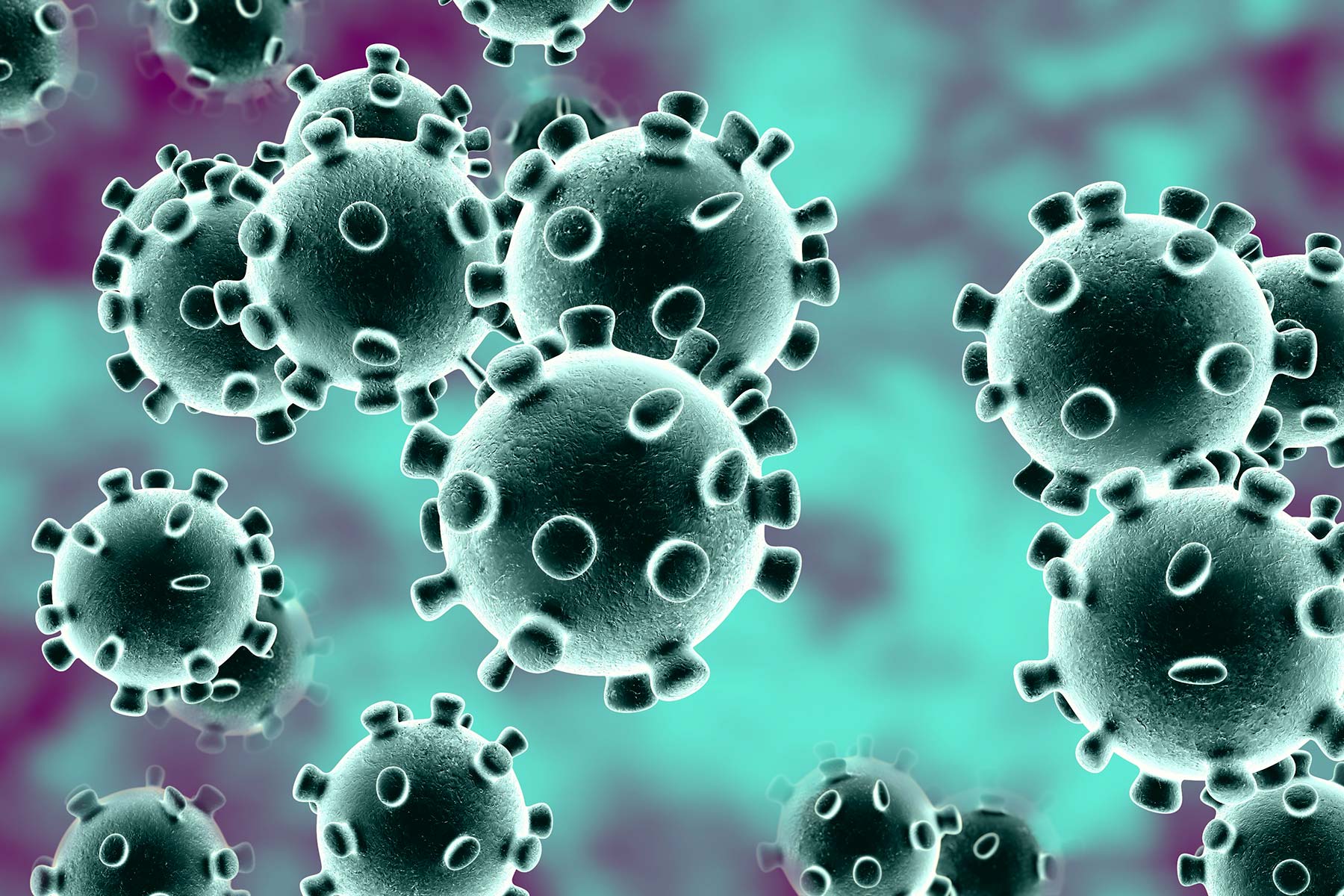Coronaviruses are a large family of viruses that are common in animals like bats and camels but may rarely be passed from animals to humans, and from one person to another.
Coronaviruses include the virus responsible for the common cold and more severe diseases like Severe Acute Respiratory Syndrome (SARS) and Middle Eastern Respiratory Syndrome (MERS). The new strain (or form) called the novel coronavirus has not been previously seen in humans but was identified in December.
So far, 80 people have died from the virus and over 3000 cases have been confirmed with new cases also feared to be on the rise. Information about the new strain of the virus is constantly being provided as research is ongoing.
How is the infection transmitted?
Spread has been noted from animals to humans as the first few infected people worked in markets in Wuhan where contact with animals and seafood was frequent. Human to human transmission has now been established with confirmed cases seen in those who made contact with the workers at Wuhan Hubei Province, China. Confirmed cases have also been seen in Hong Kong, Macau, Japan, Nepal, Singapore, South Korea, Taiwan, Thailand, the US, and Vietnam. The most at-risk people are children, the elderly and the sick.
Transmission is often via:
1.Close contact with affected persons
2.Touching surfaces or objects with the virus on it then touching the eys or the mouth
3.The air when an infected person coughs or sneezes
What are the common signs and symptoms of the infection?
Symptoms have been noted to occur between 1 to 14 days of contact with an infected person. However, newly infected people may spread viruses before they start having symptoms. It is estimated that each infected person spreads the virus to between 1 to 2 people.
The following are symptoms that have been noted in people who have been diagnosed with the new strain of the coronavirus.
1.Fever
2.Cough which is often dry
3.Shortness of breath at rest and difficulty breathing
4.Pneumonia infection
5.Severe Acute Respiratory Syndrome
6.Kidney failure
These symptoms are also present in other diseases and will require medical intervention for a proper diagnosis ad care
How is the disease treated?
Currently, there are no vaccines for the disease and will take a few years to develop. Treatment is largely to support the affected person and treat symptoms as they come up. The infected person is admitted often in the isolation unit to limit spread to other people and offered fluids and medications as necessary.
How to protect yourself and your loved ones
1.Wash your hands frequently, especially when you care for a sick person, before eating, after using the toilet, when your hands are dirty and after contact with animals. Alcohol-based hand sanitizers or soap and water should be used to wash hands.
2.Practice safe food practices by eating properly cooked meals and practicing good hygiene when handling food. Avoid raw food (milk or meat).
3.When coughing or sneezing, cover your mouth and nose with your elbow or a tissue paper. Discard tissue paper after usage and wash our hands.
4.Avoid close contact with anyone who has a fever and cough and refer them to a nearby facility immediately
5.Avoid contact with live animals and surfaces they have made contact within areas affected by the coronavirus
6.Stay at home if sick
Source: Guardian Newspaper




